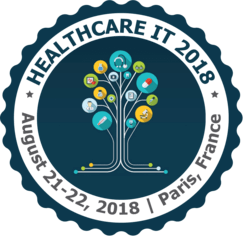
Immanuel Azaad Moonesar
Mohammed Bin Rashid School of Government, UAE
Title: SALAMA’: DUBAI HEALTH AUTHORITY ELECTRONIC MEDICAL RECORD MANAGEMENT
Biography
Biography: Immanuel Azaad Moonesar
Abstract
Given that success requires an open mind and health body, the UAE Vision 2021 National Agenda aims to achieve a world-class healthcare system. One of the many strategic initiatives from the Dubai Health Authority focuses on the enforcement of the electronic medical record implementation and integration, “SALAMA”, under the program of medical informatics and technology. The use of integrated electronic medical record system in health care facilities presents better outcomes in healthcare service delivery to users and beneficiaries. The search for better efficiency in medical service delivery in Dubai Health Authority facilities resulted in momentous reforms in the running of medical records and information systems . The healthcare sector must rely on sophisticated technologies. The electronic medical record system accrue many benefits including the Dubai Health Authority health facilities. In addition, the doctors will be able to have the relevant information to treat a patient at any DHA health facilities. This case study was intended to analyze, assess and document the implementation of SALAMA. The case study concluded that implementation of EMR SALAMA system pose advantageous to DHA patients with improved health care service delivery, increased patient security, and better sharing and access of information of a patient amid health care providers, and with patients for better diagnosis, treatment and follow-ups. This case study recommended the use of a 5-year gradual integration plan to minimize project implementation resistance for change. Secondly, the case study recommended comprehensive budgeting and scoping of the project to include stakeholder training and policy development.

